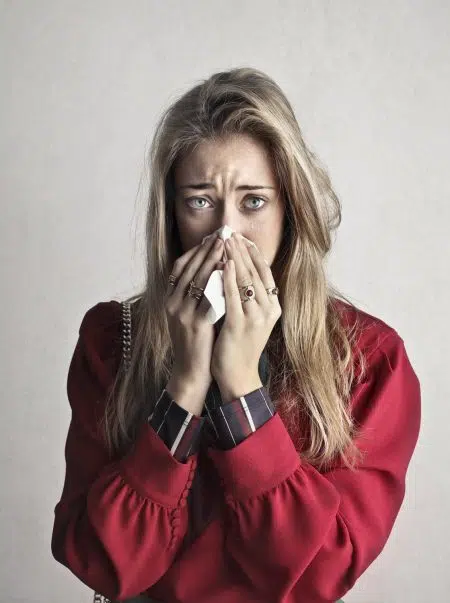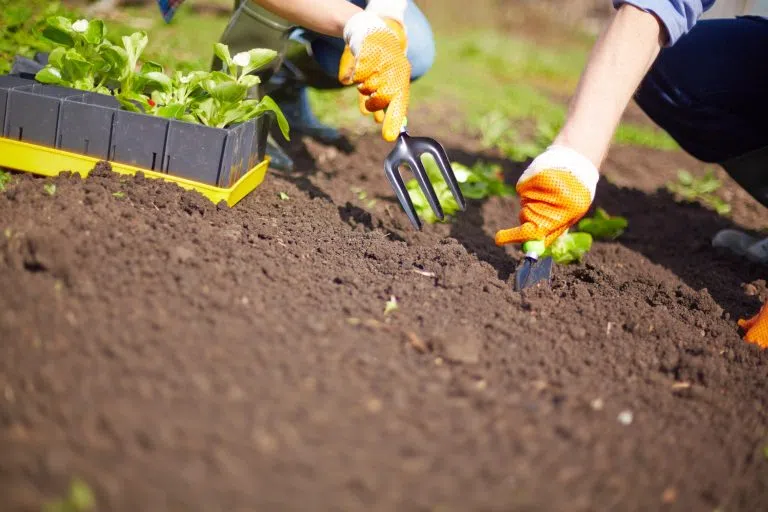Many people with seasonal allergies are struggling right now, trapped in a vicious cycle of coughing, sneezing, wheezing and itching. If this sounds like you, you might be wondering what’s going on. Is this allergy season particularly brutal, or do your symptoms just seem worse because you were inside and not exposed to many allergens in spring 2020? Or is it all in your head? According to allergists, it’s not just you. It’s true your allergies may feel worse this year. Here’s the deal — and how to find some relief:
Climate change and the pandemic are playing a huge role
“Year over year, we’re finding climate change is a major factor in worsening symptoms for spring and fall pollen seasons,” said Kenneth Mendez, the CEO and president of the Asthma and Allergy Foundation of America. The rising temps and increasing CO2 concentrations in the atmosphere are making pollen seasons heavier and longer. Allergy season is now 10 days longer than it was in 1990, and trees, grass and weeds are producing 21% more pollen. More pollen means more runny noses, watery eyes and itchy throats. “Unfortunately, we are seeing an increase in pollen counts on a yearly basis, and this is due to global warming and an increase in CO2, which we know plays a role in higher pollen counts,” said Payel Gupta, an allergist and immunologist and medical director of the at-home allergy clinic “Cleared.”
The recent (and earlier) warm weather we’re seeing this year — and in the past few years — is to blame. Plants bloom in warm weather, then tree, grass and weed pollen pick up and fly into the air around us. In the past, warm weather didn’t appear until April or so, delaying pollen-producing plants from blooming. But it’s been getting warmer earlier year after year. Some areas in the Northeast saw 70-degree days as early as January this year. On top of that, the first freeze we typically see each fall is happening later in the year. Mendez said this keeps flowering pants like ragweed — a major source of allergies — alive and well.








Comments